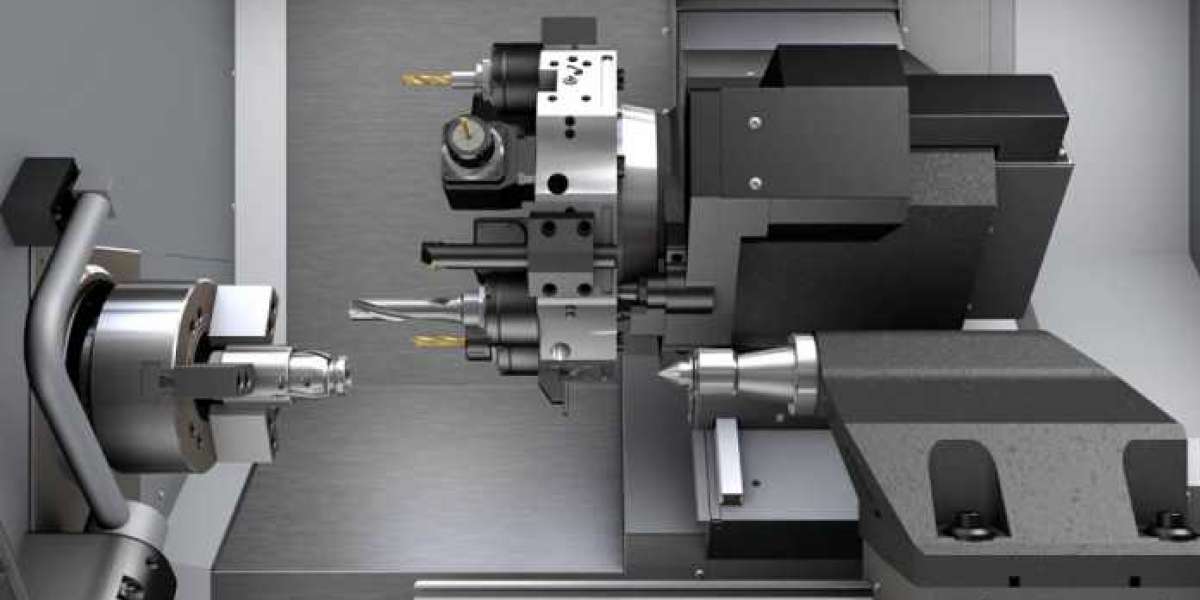Lathe Cuts and Splicing are essential techniques in the manufacturing and fabrication industries. While they serve distinct purposes, both processes are crucial for precision, efficiency, and the creation of high-quality components used in a variety of sectors such as automotive, aerospace, and industrial equipment.
What is Lathe Cutting?
Lathe cutting involves using a lathe machine to shape a material by rotating it along its axis. The machine removes excess material, creating precise cylindrical shapes or patterns. The lathe is a versatile tool that can handle metals, plastics, and wood, making it an invaluable resource for creating components like screws, bolts, and spindles.
Types of Lathe Cuts:
- Facing Cut – Removes material from the end of a workpiece to create a smooth, flat surface.
- Turning Cut – Reduces the diameter of the workpiece along its length.
- Grooving Cut – Creates narrow, deep channels into the material.
- Thread Cutting – Produces screw threads on a material’s exterior or interior.
- Parting Cut – Separates a finished piece from the remaining stock material.
What is Splicing?
Splicing refers to joining two materials or pieces together to create a continuous product. This process is often used in industries dealing with textiles, rubber, cables, or even piping. Splicing is crucial when a single, continuous length of material is needed for a project but is not available in the required size.
Common Splicing Techniques:
- Butt Splicing – Two ends of a material are fused together without overlapping, often used in wires and cables.
- Lap Splicing – Involves overlapping the two ends before bonding them, adding additional strength to the joint.
- Mechanical Splicing – Uses metal or plastic connectors to join two pieces together, common in electrical or fiber optic cables.
- Vulcanized Splicing – Used in rubber industries, where heat and pressure are applied to create a seamless bond between two rubber materials.
The Importance of Precision in Lathe Cuts and Splicing
Precision is paramount in both lathe cutting and splicing. Inaccurate lathe cuts can result in components that don’t fit or perform as expected, leading to costly errors in the production line. Similarly, improper splicing can cause weak joints, leading to equipment failure or product malfunction.
Applications Across Industries
Both lathe cutting and splicing are widely used across industries:
- Automotive Manufacturing – Lathe cuts are essential for producing gears, shafts, and engine components, while splicing ensures the continuous flow of wiring and hoses.
- Aerospace Industry – High-precision lathe cuts are needed to create aerospace parts that meet strict regulatory standards. Splicing ensures continuity in electrical systems and other critical operations.
- Construction – Splicing is frequently used to extend materials like cables, pipes, and tubing on construction sites, while lathe cutting is necessary for creating custom-fit components like bolts, fasteners, and anchors.
- Textile and Paper Industry – Splicing is used to join rolls of paper or fabric to create a continuous feed during production. Lathe cutting is used to process cylindrical rolls for further use.
Conclusion
Lathe cutting and splicing are two integral processes in modern manufacturing and fabrication. While lathe cuts provide the precision necessary to shape materials into functional components, splicing ensures continuity and efficiency in material use. Together, these techniques drive innovation and productivity across a wide range of industries, highlighting the importance of skill and precision in industrial production.








